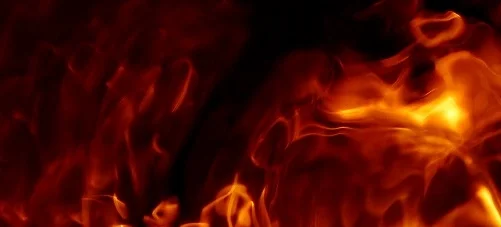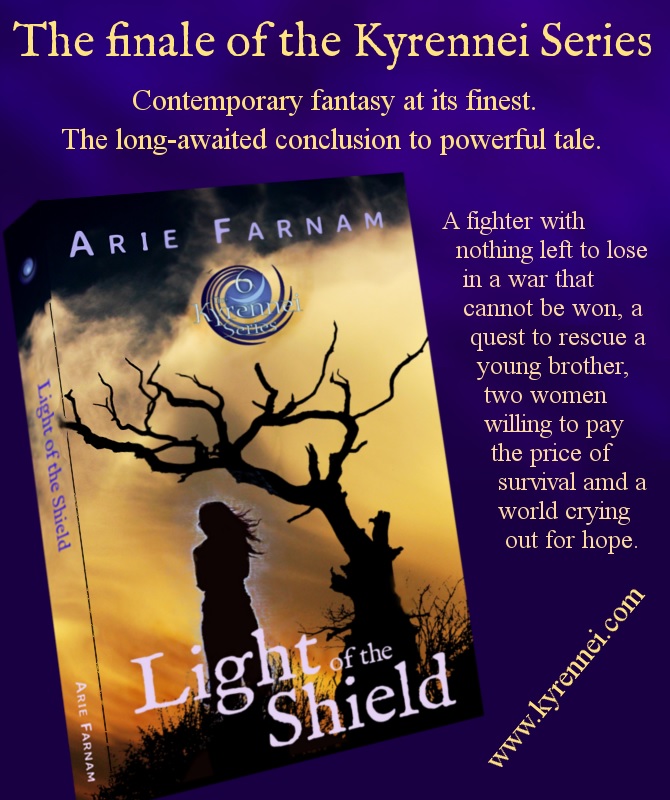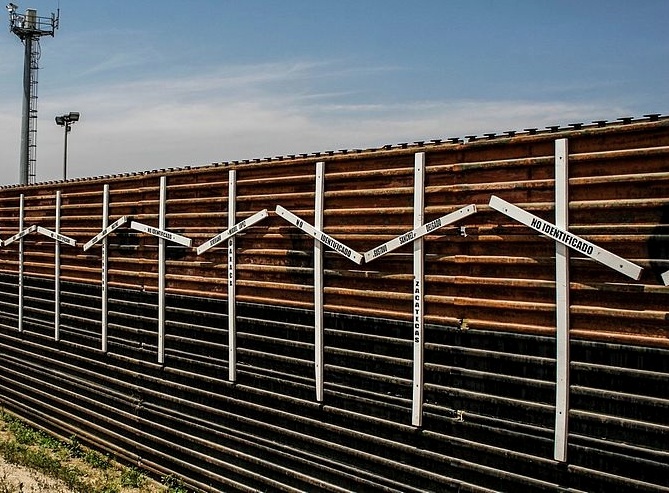Postcards from American social studies class
/It has been a month since I pulled my son out of Czech school mid-week and put him in an American online elementary school. It’s been a month of complete reorientation. I even feel like I have jet lag.
Our living room now looks like a homeschooler lives here. We aren’t technically allowed to homeschool because of Czech authorities, but we have been able to enroll in an American online school, thanks to technology that has only existed for a few years. And even with school online the physical environment is starting to look different.
Now we are surrounded by three US maps (two of them in puzzle form), a daily schedule on the wall, science projects involving balloons, makeshift beakers and lots of rocks, a writing lab and color-coded notebooks with big bold labels in English. This isn’t how Czechs do school. My son’s previous school room had piles of identical gray notebooks—six or more per class—a couple of textbooks and nothing with color or three dimensions.
Image by Arie Farnam
In other rooms of the house, I am packing and stacking boxes. I came here twenty-two years ago with a single backpack, a laptop and equipment to make a documentary film. In a few months, I’ll be going back. One acquires things in twenty-two years—important things… and people. I’ll be heading back with two kids and about ten large boxes full of books, clothes, special dishes, candle-making equipment, herbalist paraphernalia, children’s toys, board games and much smaller electronics.
I’ll still be leaving behind a lot of value—the huge wooden table my Egyptian carpenter friend made for me, my antique sewing machine, my house, my garden, my animals, a husband. This isn’t all celebration. There is a lot of loss and heartache.
This morning I realized for the first time that we will technically meet the definition of refugees. We are leaving because of community harassment and particularly racially motivated physical and psychological attacks on my son, from which authorities refuse to protect us.
Sure, unlike most refugees, we actually have a pre-set safe harbor to go to. We have citizenship and an apartment already waiting, But still… this isn’t how I ever imagined going home.
The ever-intensifying Covid lockdowns here leave us in a limbo where we might as well have already crossed the ocean. A thick blanket of fine sifted snow has fallen and the temperature has been well below freezing.
We haven’t seen neighbors even poke their noses out of doors in days. But we are out and about, feeding animals, sledding, snowboarding, skating on a nearby pond and shoveling snow. It’s a wonderfully quiet and blissfully unthreatening world for a change with only the sounds of neighborhood dogs and a few engines down on the county road.
Our trans-Atlantic transition has already begun. I’ve got the measuring cups out and we’ve been baking—preparing for a world of cups, ounces, pounds, quarts, gallons, feet and inches. My son is justifiably confused.
“Why, Mama, why do Americans do this? Centimeters are lots easier!”
Oh honey, you have no idea.
The complexity isn’t just in units of measure by a long shot. Europeans don’t study fractions much, which are mostly a consequence of weird American units of measure.
And did you know that European and American cursive handwriting differ significantly? No wonder I haven’t been able to read handwriting for the past twenty years! I thought my eyes were just getting worse. But as it turns out, almost all the capital letters are different and many of the lower-case letters are quite different.
Of course, there is the whole language thing. I didn’t get out of home teaching by going for American school, even if the online teachers do actually teach concepts. My son needs vocabulary help roughly every two and a half minutes, and that definitely includes math class.
The most foreign class though is social studies. Czechs do have a somewhat similar class. It is called “homeland studies,” and is completely nationally focused. In fourth grade, American social studies is quite similar actually—just with information about a different country. A few concepts, like how to read an elevation map, are transferable, but all the facts are, of course, different.
Before enrolling in American school, my son could just barely find the United States on a world map, primarily because “Grandma lives there.” (Not to mention a passel of cousins.) But that’s as far as his knowledge of America went—to my dismay. I thought I’d done a half-way decent job, importing hundreds of American children’s books over the years, many of them about American history or regional cultures. But apparently my son assumed these were every bit as much fantasy as the fairytales and let them go in one ear and out the other.
The social studies teacher in our new school is also the weakest of the teachers, in terms of teaching style and even knowledge base. He’s a middle-aged guy from Ohio named Todd, and I was warned by reviewers that this school has a conservative bent.
But even so, I was disturbed when the first lesson was on the hemispheres of the earth and the teacher insisted that the earth has four hemispheres—northeast, northwest, southeast and southwest. “Hemi-sphere” means “half of a ball.” You can’t have four halves of one ball.
Next, the teacher just goofed. He was trying to explain to the kids how landforms have an impact on weather patterns. One of the simplest examples of this comes from my home turf in Eastern Oregon, where the Cascade Mountains block the wet sea air from the Pacific Ocean to the west and force it to rise, cool and dump all of its moisture before continuing on to the eastern part of the state. That’s why Eastern Oregon and Washington are mostly desert.
But Todd from Ohio got his mountain ranges mixed up and insisted that it is the Rocky Mountains that block the wet air from the Pacific, despite the fact that the Rockies don’t really start until you get into Idaho. And he put it on the unit exam.
But those things are non-controversial, just mistakes, that in reality any teacher makes. We just don’t usually have to teach our classes with parents looking in, analyzing and rewinding the video recording to harp on every little thing. So, I wrote to Todd and told him about the issue gently and I don’t hold it against him. (Well, the bit about the earth’s hemispheres counts against him maybe just a smidgen.)
But the real trouble started in the unit titled “Who are Americans?”
First, the teacher proclaimed that all Americans are immigrants. He made a point of calling out any Native American kids watching and specifically denigrating anyone who says Native Americans are not immigrants. He explained the archeological land bridge theory, though he neglected to mention that this is our best guess as to how Native Americans got there. Mostly it was his tone that was irritating at this point.
But then he made a point of insisting that those first migrating humans or pre-humans were also immigrants and thus “all Americans come from immigrants.” First of all, this isn’t technically correct. “Immigration” describes the movement of specific persons from one inhabited country to another inhabited country. An immigrant goes “in” among those already there and does it during their own lifetime.
The people who crossed the land bridge, if that is indeed how it happened, were not immigrants. They were nomads. They didn’t make the trip all in one lifetime. It took many generations. They didn’t go to live in another country. They just slowly moved around and eventually found themselves on a different continent.
Now, I’m not Native American and I don’t know if Native Americans care whether or not they are considered to be the descendants of immigrants or not. But I do care about the evident reason Todd was making this assertion—to prepare kids to believe that Europeans had every bit as much right to the land of North America as Native Americans did back in the 1400s. That’s a problem.
If that were true any invader could just declare themselves immigrants to any country and might would always make right.
Furthermore, If Todd were right about all Americans being immigrants, it would mean that Europe is a continent of immigrants too… and Asia and Australia as well. The only continent with any claim to having indigenous people would be Africa and all humans would either have to be considered indigenous Africans or African diaspora of various time periods. That is clearly unhelpful and not the meaning of the concepts involved.
This is where the fundamental building blocks of a vast social misunderstandings start—at least some of them. Conservatives in the US have long complained that teaching the facts of US history constitutes the shaming of the white portion of the nation. As a result, I had to learn much of this history outside school from reading and from experiences with people. The primary shame I ever felt over it was that we didn’t learn it in primary school.
This is a political ploy in the classroom. I’ve heard right-wing politicians say the same thing on TV, “we all came as immigrants and we all had the same opportunities.” It’s a comfortable falsehood to shake off uncomfortable feelings that arise from acknowledging historical and present-day injustices.
In the next unit, Todd opened up the topic of the economy of the United States. He defined “free market economics” as “a system where you can make as much money as you want. You decide how much money you will make.”
Creative Commons image by Kath B. of Flickr.com
He never hinted that you don’t just get to say, “Oh, I’d like to make $200,000 please,” and it’s done. Well, I suppose that Todd had that option because he’s an abled white man from a privileged socio-economic background, so maybe he actually thinks that’s an option for everybody. He does point out that he chose to be a teacher, even though it doesn’t pay as much as some other things. But he never hints that not everyone gets to simply point to a dollar amount and choose their salary, as if it is an ice-cream flavor.
Next, Todd addresses America’s political system. America is “unique,” he says, because it is a democracy. He digs deeper into the idea that America is alone in being a democracy when he defines the concept of a political region as “America is a democracy, so that is a political region,” as if the border around the United States was the border around the democratic region of the world.
This, despite the fact that the fairly conservative Pew Research Center found in 2019 that more than half of the countries in the world are now democratic.
And then this morning, a whopper that left me breathless. In discussing America’s borders and neighbors, the teacher claimed that the Mexican-American war was a border dispute over which river should be the border. It was presented as a silly little argument in which the United States proved that the Rio Grande was the right border. In reality the Mexican-American war constituted a massive land-grab on the part of the Americans. It was so unjust that there were quite a few Americans who fought on the Mexican side. And when the United States won anyway, the border was moved and the USA gained 500,000 square miles of territory, increasing the nation’s size by a third. This was no minor squabble over “which river the border should follow.”
One of the ways I deal with the problems with social studies class is to supplement. I brought out the world-map puzzles and eventually my son got the idea of cardinal directions and the hemispheres of the earth. I also got a topographical map of the US. so we could study. the real positions of the mountain ranges and their effects on Eastern Oregon high desert country. And at the moment, we’re reading children’s books about the historical labor movement led by young women in textile mills for a bit of perspective on our economic system. We have books about Native American kids—both present-day and historical—as well.
But now I see the divide in American social studies education in all its glory. To be on the side of facts and history puts me in the position of sounding like I am constantly harping on some injustice or another. This isn’t the choice of those of us who care about our children understanding the real world. I am not in fact against America or focused on complaint and gloom. I don’t even think America is really any more unjust than the vast majority of countries in the world.
But when teachers strip out any sign of the injustices of the past and focus on the myth of glorious European “Founding Fathers,” it makes it hard for facts to come across as anything else.
I find myself longing for a social studies class that would just teach the facts and the story of the country and its many peoples with integrity in the first place. This was one of the reasons why I wanted to homeschool my kids early on, a dream I gave up on due to bureaucracy, special educational needs and the wishes of my children. That’s why I have all these picture and story books on historical, geographic and social matters.
To counteract the sense that even my. blog posts are often a litany of complaints in a world of unrelenting hardship and injustice, I let myself dream about the way I would teach social studies.
We’d build maps where the equator was actually in the middle of the map, rather than in the lower third. We’d sing the oceans and continents. We’d make food from various countries. We’d mix the same paints to get the various shades of brown that color all the peoples of the earth, including those of very light-brown hue. We’d read real or realistic fictional stories about children in different countries.
When we turned, as we eventually must in an American school, to a more in-depth exploration of the United States, we would first spend quite a long time on the first several thousand years of American history and study the physical regions of the country in that context. We would have to search to find child-friendly books and materials on Native American civilizations and we would study their many discoveries and the development of mature democracy in some of them.
Then we would move on to all the history that came after and the nation of immigrants that largely replaced those civilizations. We would study the stories of those immigrants, including real stories of children in those times. We would not look away from hardship, desperation or exploitation. We would see how even good intentions sometimes brought tragedy and not all intentions were good. We would look at how people in the past viewed those of other groups and how that influenced what they did.
We would look at the founding of the United States and the Constitution as significant events, but not as the all-defining, most important events they became in the social studies of my childhood. We would look at exactly who designed the Constitution and why and how they hoped it would work and what worked and what didn’t and how it has been changed and whether or not it now works better. We wouldn’t be looking for saints or devils but rather at people, who were shaped by their times and circumstances.
As we moved toward more recent history, we would have more stories of real people to work with. We’d break down myths and tell the stories with nuance. Rosa Parks would take her rightful place as a savvy, planful activist, rather than just someone who was too tired.
We would learn that there are rarely easy answers, and that while there are sometimes people with dishonorable intentions, most people throughout history took the actions that seemed right from their own perspective at that time. And yes, this would mean in the end that we would not be able to cover everything in one year, because nuance takes a little while, but we could cover it all in the end, since we wouldn’t spend every year repeating the same tired myths.
I hope—I have reason to hope from what I haver read—that there are schools in America that now teach social studies more like this. I have no illusions that we are returning to a country that is truly safer or gentler than the one we are leaving. We are simply going because we must go, due to clear and present danger, and that is the place we can find safe harbor just now.
















